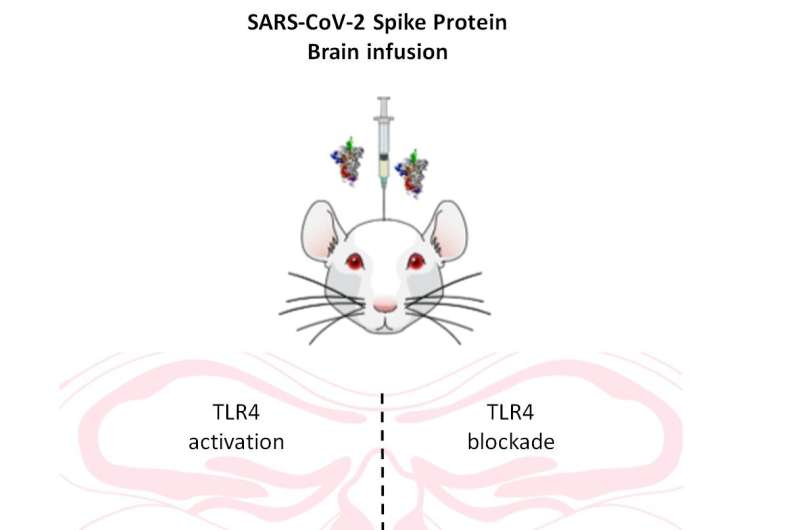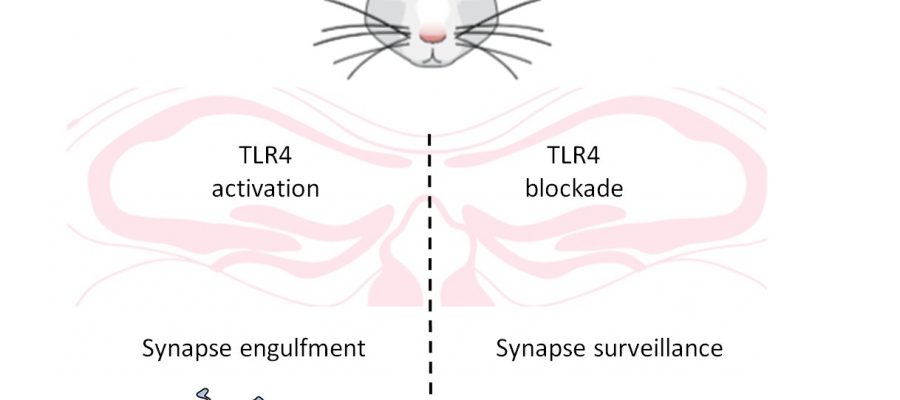
Patients diagnosed with post-COVID-19 syndrome often experience cognitive and memory impairments. A new study by researchers from the Federal University of Rio de Janeiro (UFRJ) and UniRio provides insight into the mechanism behind this phenomenon.
The study suggests that the Spike protein, responsible for the virus’s entry into human cells, could be responsible for memory loss in post-COVID-19 syndrome. The study also identifies TLR4 receptor as a potential therapeutic target for the symptoms.
The study, published in Cell Reports, involved experiments with mice, where the researchers infused the Spike protein from SARS-CoV-2 into the brains of the animals. The results showed that the infusion induced delayed memory impairment, similar to post-COVID-19 syndrome in humans. The scientists observed an increase in the quantity and activation state of microglia, a type of brain cell involved in the innate immune response, and whose role is essential in neuroinflammatory diseases.
The study leaders, Claudia Figueiredo and Giselle Passos from the UFRJ’s School of Pharmacy, explained that the activation of the TRL4 receptor by the viral protein induces neuroinflammation, leading to the elimination of synaptic proteins by microglia through a phagocytosis process. This results in memory impairment.
The phenomenon was observed in both mice and humans, and patients with polymorphisms in the gene related to TLR4 were found to have a higher risk of developing late memory impairments after SARS-CoV-2 infection.
The researchers concluded that the Spike protein has a central role in the development of cognitive changes after COVID-19 and suggested that TLR4 is a promising target for the development of preventive and therapeutic strategies to avoid or treat memory loss caused by SARS-CoV-2.
More information:
Fabricia L. Fontes-Dantas et al, SARS-CoV-2 Spike protein induces TLR4-mediated long-term cognitive dysfunction recapitulating post-COVID-19 syndrome in mice, Cell Reports (2023). DOI: 10.1016/j.celrep.2023.112189
Journal information:
Cell Reports
Source: Read Full Article
